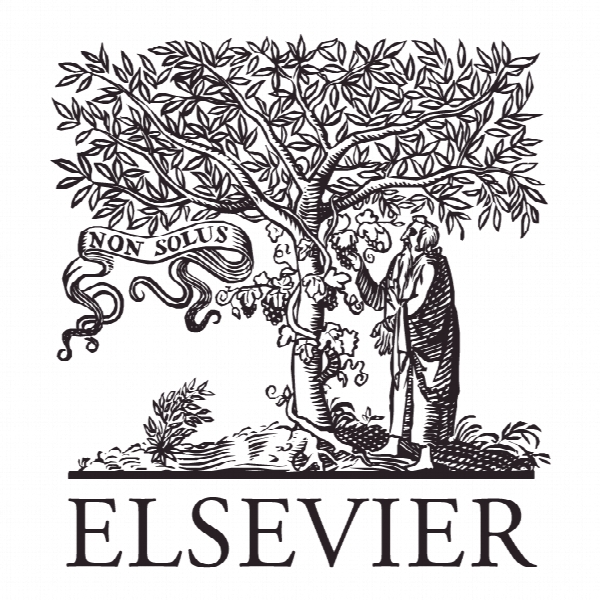FTA و سیستم های نوآوری FTA and Innovation Systems
- نوع فایل : کتاب
- زبان : انگلیسی
- ناشر : Elsevier
- چاپ و سال / کشور: 2017
توضیحات
رشته های مرتبط مدیریت
مجله پیش بینی فنی و تغییر اجتماعی – Technological Forecasting & Social Change
دانشگاه دانمارک
نشریه نشریه الزویر
مجله پیش بینی فنی و تغییر اجتماعی – Technological Forecasting & Social Change
دانشگاه دانمارک
نشریه نشریه الزویر
Description
1. Introduction This special issue is one of the outputs of the 5th International Conference on Future-Oriented Technology Analysis held in Brussels 27-28 November 2014. The articles in the special issue were selected from the manuscripts presented at the conference considering their relevance for Foresight and Innovation Systems. A few additional articles have been accepted through an open ‘call for papers’ process for this special issue. The meaning and definition of the terms, “Future-oriented Technology Analysis (FTA)” and Foresight is debated in the literature (Sardar, 2010; Oner, 2010). To facilitate a dialogue between different epistemic communities the Joint Research Centre Institute for Prospective Technological Studies (JRC-IPTS) of the European Commission has introduced the label Future-oriented Technology Analysis (FTA) as a common umbrella term for technology foresight, technology forecasting and technology assessment. For the contributions to this special issue, we have narrowed in the meaning of FTA to cover Foresight in relation to public policy within science, technology and innovation. The term Foresight was introduced in 1984 in the book ‘Foresight in Science. Picking theWinners’ (Irvine and Martin, 1984). According to Martin (2012), the term foresight was used in this book as a convenient expression for a variety of techniques, mechanisms and procedures designed to identify areas of basic research with the potential to develop strategic potential. Hence, the relation to public policy was clear. As no commonly agreed terminology exists, the editors of this special issue have left it to the authors of each article to select their own. Hence, the articles use the terms Foresight, Future-Oriented Technology Analysis (FTA), and Forward-Looking Activities (FLA). Further definitions and distinctions may also be found in each article of the special issue. In 1999, Ben Martin and Ron Johnston in this journal published the paper, ‘Technology Foresight for Wiring Up the National Innovation System’ (Martin and Johnston, 1999). The article emphasises the role and function that Foresight could play in enhancing the performance of innovation systems. Based on case studies of Foresight activities in three English-speaking countries, the article linked these experiences with the wide literature on technology and innovation policy. The conclusion Technological Forecasting & Social Change 115 (2017) 236–239 1 A simple search in Scopus on the terms ‘foresight’ and ‘innovation’ in ‘Article Title, Abstract, Keyword’ resulted in 660 publications, and that only 53 authors have published more than 2 articles (26 October 2016). was that technology foresight has a potentially important role to play in relation to national innovation systems, strengthening them in terms of the capacity to learn and innovate. In the period since 1984 and 1999 the practice and the theoretical understanding of foresight for innovation policy have undergone significant changes. This development have been described and discussed in several studies (Georghiou, 2001; Tegart and Johnston, 2004; Miles, 2008; Miles, 2010; Andersen and Alkærsig, 2016). This development mirrors the development in the wider field of innovation studies and innovation policy in the same period (Fagerberg and Verspagen, 2009; Martin, 2014). Martin and Johnston’s article took its theoretical departure from the much larger and wider literature on technology and innovation policy. This literature has also developed significantly since 1999, and there is still a huge potential for foresight to draw from and contribute to the larger literature on innovation studies, industrial dynamics, and technology and innovation policy. The academic field of innovation studies has gradually expanded since the 1960s to include several thousand contributors from all over the world (Fagerberg and Verspagen, 2009). Although with strong roots in the 1950s, the academic field of foresight for innovation policy has mainly developed since the 1980s and includes probably only hundreds – if not less – of contributors, of which many are practitioners more than scholars1 .


